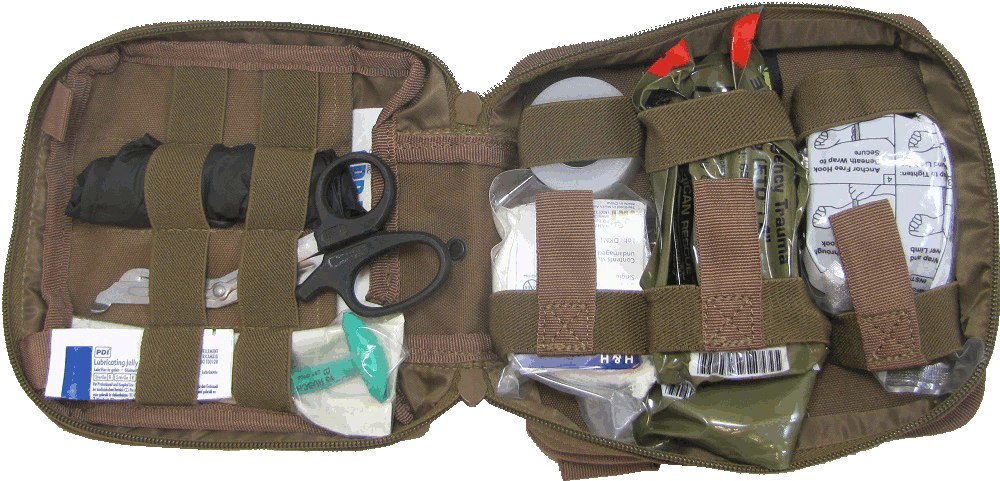Dear Sirs,
I read the excellent study (“The profile of wounding in civilian public mass shooting fatalities“) linked from SurvivalBlog on 7/30/16. The only criticism I have is the premise that civilian public mass shootings (CPMS) victims could receive prehospital care within 10 minutes and trauma center care within 60 minutes of injury. As we have seen in events such as the Orlando and Paris Bataclan nightclub capers, these goals are sometimes stymied. Insights I gleaned from the study are as follows:
- Blindly following an algorithmic approach to trauma care may lead you to select the wrong algorithm for the situation. As the study pointed out, the differences in weapons, distance between combatants, and presence or absence of body and/or head armor all significantly change the wounding patterns and therefore the immediate approach to care.
- While I don’t know if the individual combatant thinks much about this at the time, in war a strategy of wounding slows the enemy more and causes them to use more resources than a strategy of killing. It was apparent to the authors that the strategy in CPMS events was to maximize killing. It was very revealing that the study authors could only identify 9 of 125 CPMS victims (7%) with potentially survivable injuries.
- The authors confined themselves to examining medical options for dealing with CPMS injuries. Since so few victims can be expected to survive, even with quick and appropriate care, the more successful strategy in CPMS may be in limiting casualties by stopping the attack quicker. It is clear that gun free zones do not work (and seem to be a magnet for such attacks). Expanding a failed strategy never results in its subsequent success.
- About 6% of our population has concealed carry permits. To obtain them they demonstrated knowledge in weapons law as well as proficiency in handling a handgun. In addition, they passed a background check. Statistically, it has been determined this group of people are less likely to commit a crime than are police officers. If one out of every 18-19 people did routinely carry their handgun, maintained proficiency with it, and there was a reduction in “gun free zones”, it is likely that the overall death rate from CPMS would decline.
- For those squeamish about the idea of an armed citizenry, I would like to draw an analogy. Though I have only used the fire extinguisher in my car once in the last 30 years, I continue to carry one. I do not look for fires to put out, and I would not use it on fires that it would not extinguish or whose progress it would not significantly impede. I certainly do not start fires to put out with my fire extinguisher. I view equally inanimate objects (like firearms) the same way.
- Though medicine has evolved greatly and continues to progress, it may be less responsible for declining death rates over time than good hygiene, waste disposal, and modern food packaging practices. We should not depend entirely on the medical profession to mitigate the damage from CPMS events. – Kris










